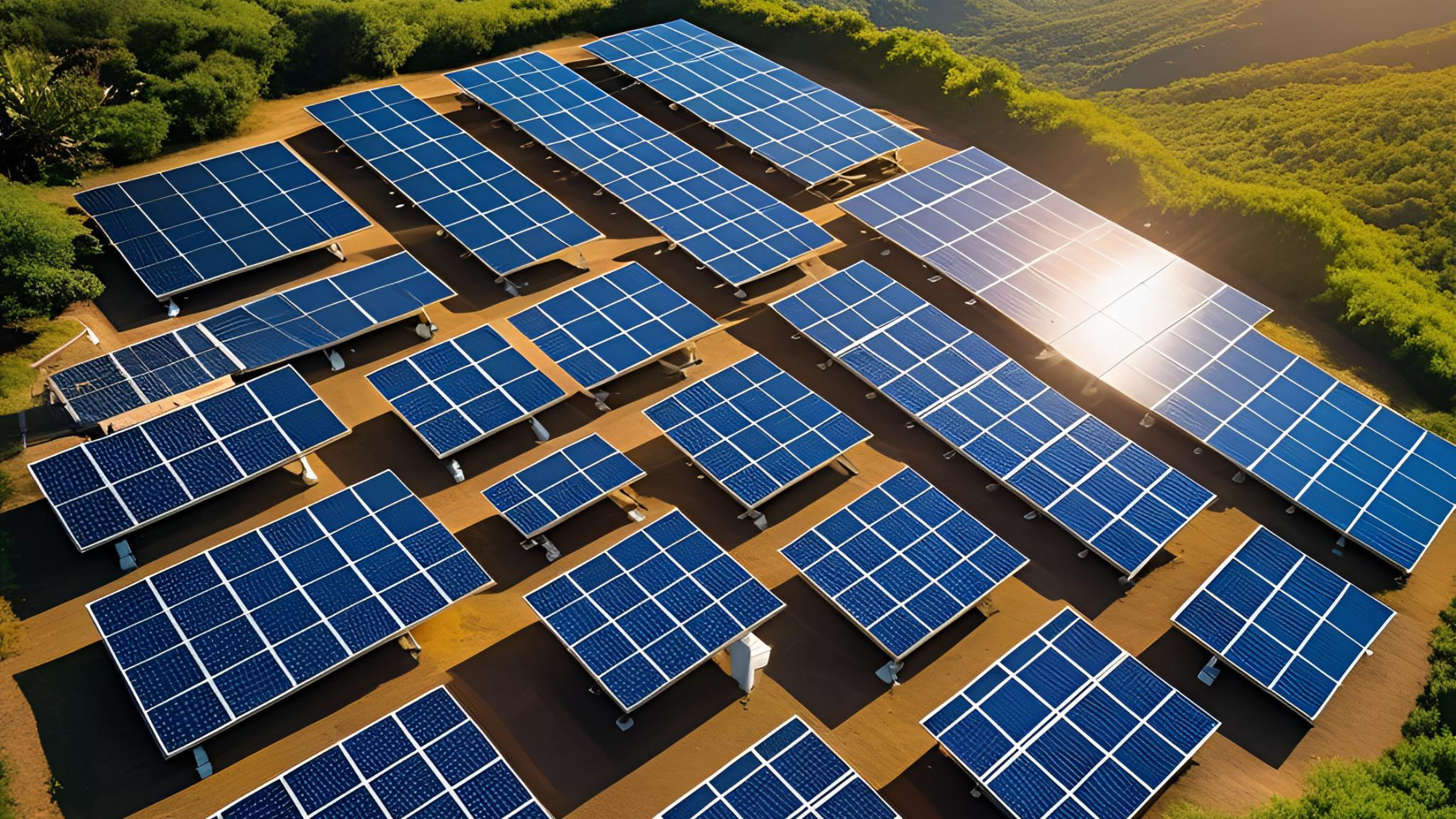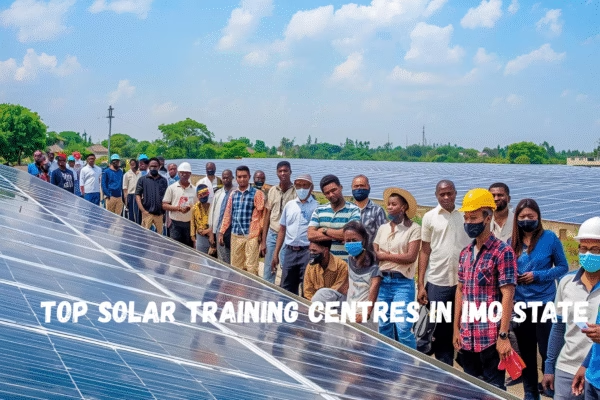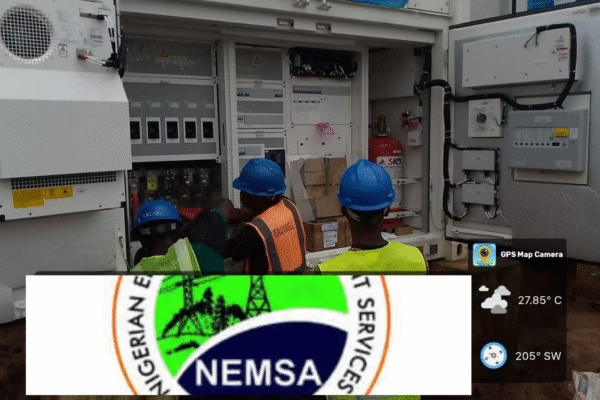Are you tired of skyrocketing energy bills? Solar power promises savings, but the upfront cost can feel daunting. How much does solar installation actually cost? This article breaks down the price of going solar, from panels to labor, with clear data and examples. You’ll get practical insights to plan your investment and discover ways to cut costs. Curious about the real numbers? Let’s dive in.
What Makes Up Solar Installation Costs?
Solar installation involves more than just panels. Several factors determine the total price. Understanding each component helps you budget effectively.
- Solar panels: These account for 25-35% of costs, typically $3,000-$8,000 for a 6 kW system, per the Solar Energy Industries Association (SEIA).
- Inverters: Convert solar energy into usable electricity. Expect $1,000-$3,000 for a quality inverter.
- Mounting hardware: Racks and rails secure panels. Costs range from $500-$1,500.
- Labor: Installation fees vary by region, averaging $2,000-$4,000 for a standard home.
- Permits and inspections: Local regulations add $500-$1,000.
A 2024 SEIA report pegs the average U.S. solar installation cost at $12,000-$20,000 for a 6 kW system before incentives. What’s your home’s energy usage? That number shapes your system size and cost.
Factors That Influence Your Solar Price
Not all solar installations cost the same. Your unique situation impacts the final bill.
- Home size and energy needs: A 2,000-square-foot home typically needs a 6-8 kW system, costing $15,000-$22,000. Larger homes or high-energy users (e.g., EV owners) may need 10 kW, pushing costs to $25,000.
- Roof type: Asphalt shingle roofs are cheaper to install than tile or metal, saving $1,000-$2,000.
- Location: Labor rates and sunlight availability vary. California installations average $18,000, while Texas averages $14,000, per EnergySage data.
- Panel quality: Premium brands like SunPower cost 10-20% more but offer higher efficiency and longer warranties.
A Florida family with a 2,500-square-foot home paid $16,000 for a 7 kW system on an asphalt roof. Their neighbor with a tile roof paid $18,500 for the same size. What’s your roof like? It could affect your price.
Hidden Costs to Watch For
Some expenses catch homeowners off guard. Plan for these to avoid surprises.
- Battery storage: Adding a battery, like a Tesla Powerwall ($7,000-$9,000), increases costs but saves during peak utility rates.
- Roof repairs: If your roof needs fixes before installation, budget $1,000-$5,000.
- Upgraded electrical panel: Older homes may need a $1,500-$3,000 panel upgrade to handle solar.
- Maintenance: Cleaning and inspections cost $200-$500 yearly.
A Colorado homeowner added a $8,000 battery, raising their total to $20,000. Without it, they’d have paid $12,000. Do you want backup power? Factor in battery costs.
How to Slash Solar Installation Costs
Solar isn’t cheap, but smart moves can reduce your bill. These tips help you save thousands.
- Claim the federal tax credit: The Inflation Reduction Act offers a 30% credit through 2032. A $15,000 system earns a $4,500 credit.
- Check state incentives: States like New York offer rebates up to $5,000. Visit dsireusa.org for local programs.
- Get multiple quotes: Compare at least three installers. EnergySage reports homeowners save 10-20% by shopping around.
- Lease or finance: Solar loans or leases lower upfront costs, though long-term savings may be less.
A Nevada couple claimed a $6,000 federal credit and a $2,000 state rebate, dropping their $20,000 system to $12,000. Have you checked your state’s incentives? They could make solar affordable.
Is Solar Worth the Cost?
Solar’s upfront price can feel steep, but long-term savings make it a smart investment. The average U.S. household saves $1,500 yearly on electricity, per the National Renewable Energy Laboratory. A $15,000 system pays for itself in 8-10 years. After that, you pocket pure savings.
Consider this: A Texas family spent $14,000 on solar in 2023. By 2025, they’ve saved $3,000 on bills and expect to break even by 2031. Plus, their home value rose 4%, adding $12,000, per Zillow data. What’s your energy bill? Solar could turn that expense into savings.
Next Steps to Go Solar
Ready to explore solar? Start with these actionable steps.
- Calculate your energy needs: Review your utility bill to estimate system size.
- Get quotes: Use platforms like EnergySage to compare installers.
- Research incentives: Check federal, state, and utility programs to cut costs.
- Plan financing: Explore loans, leases, or cash payments to fit your budget.
Solar installation costs vary, but with incentives and savings, it’s more affordable than you think. Why keep paying high energy bills? Take the first step today and see how much you can save.




